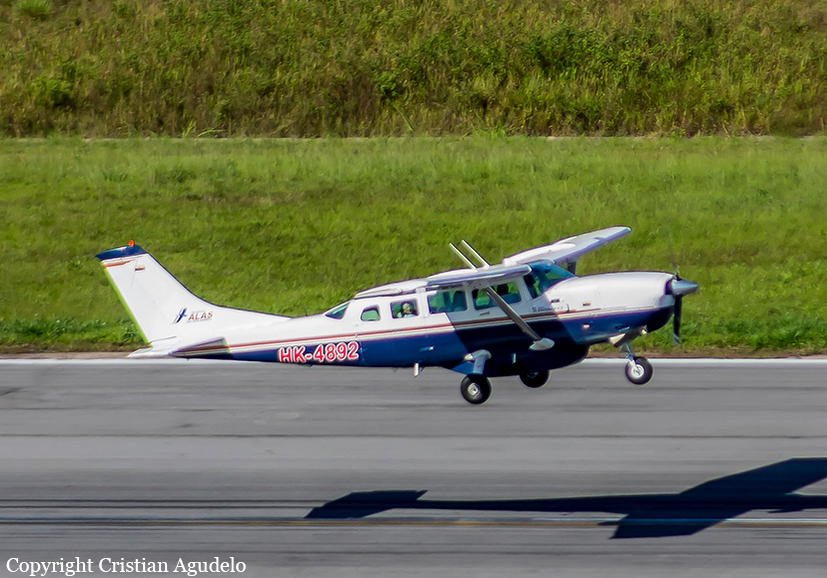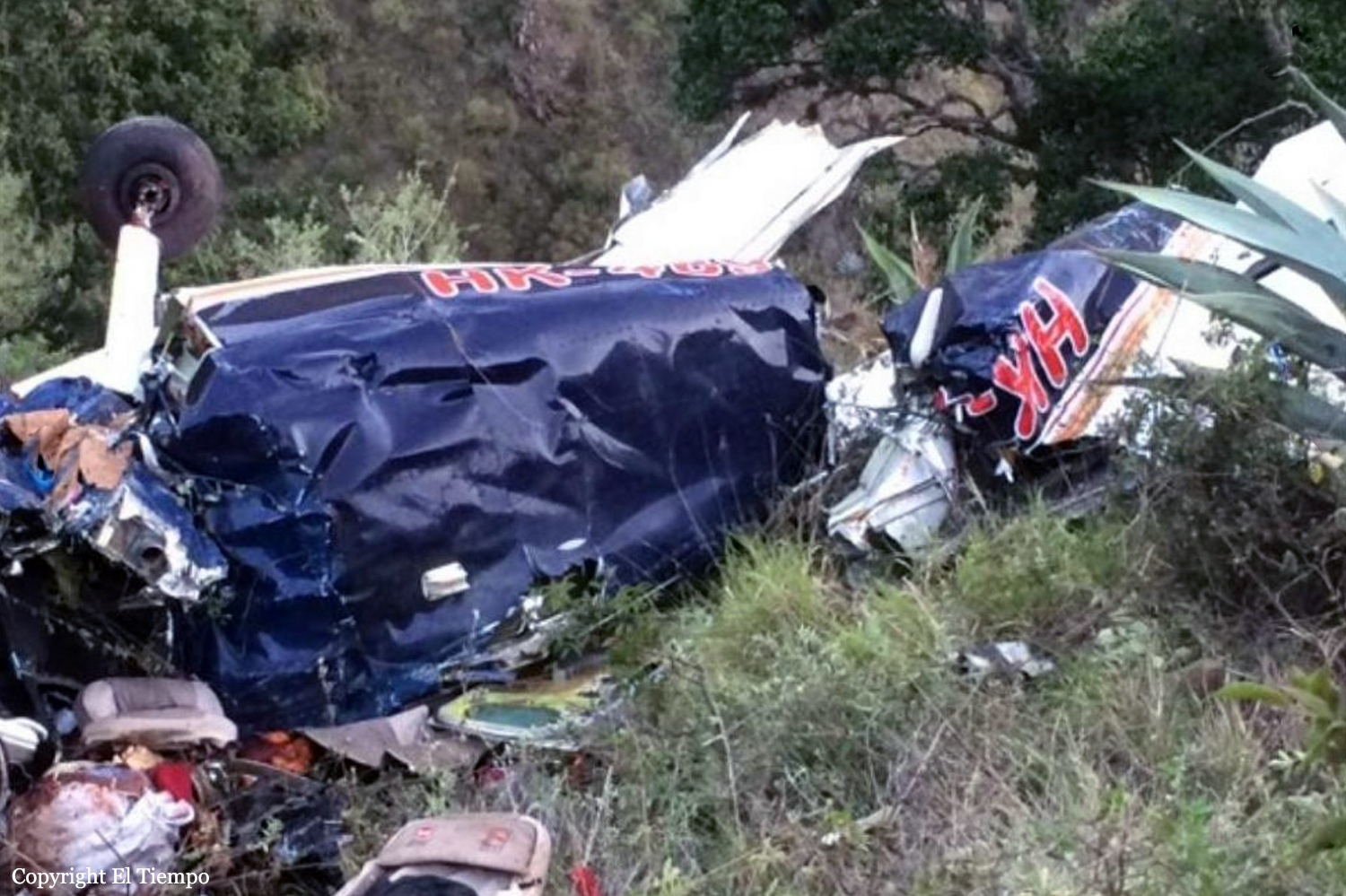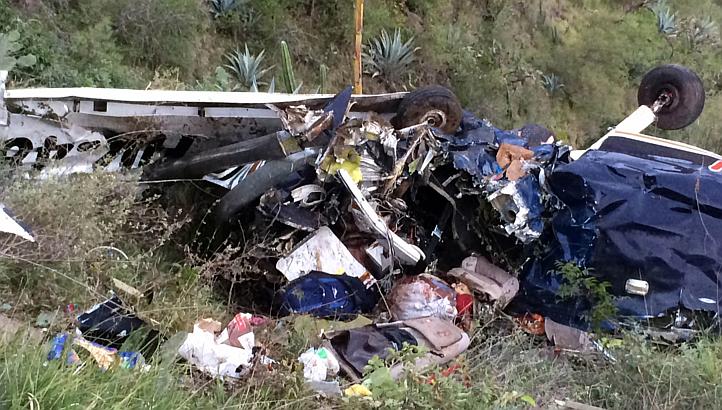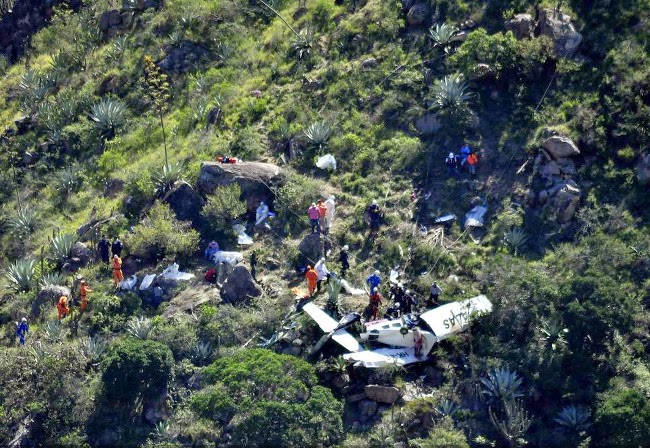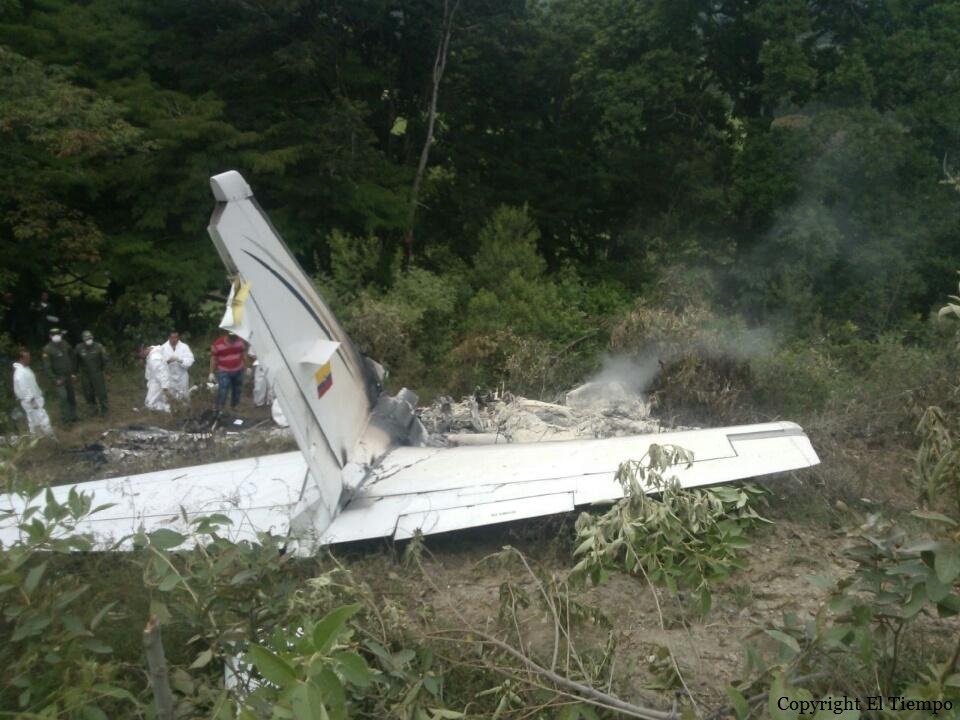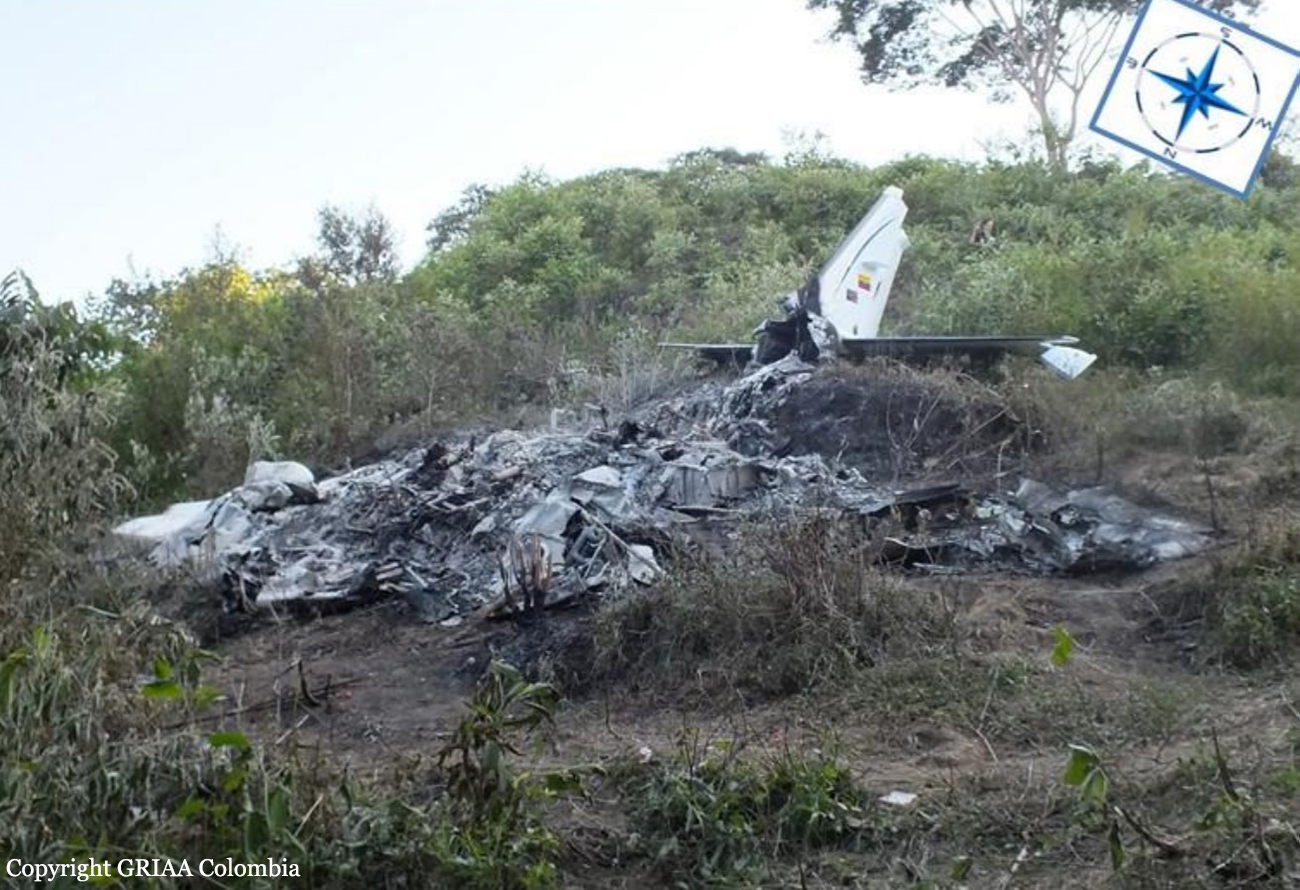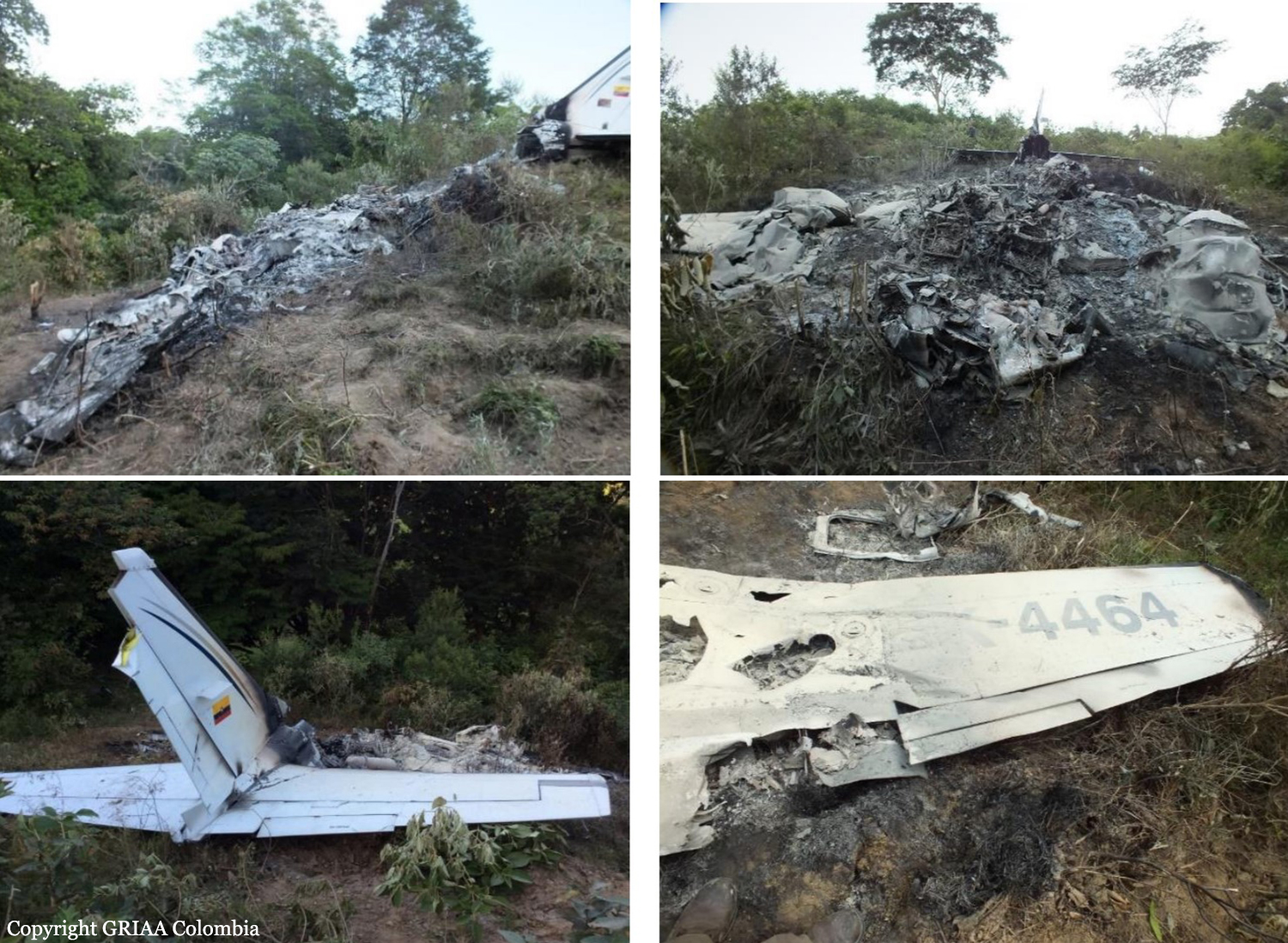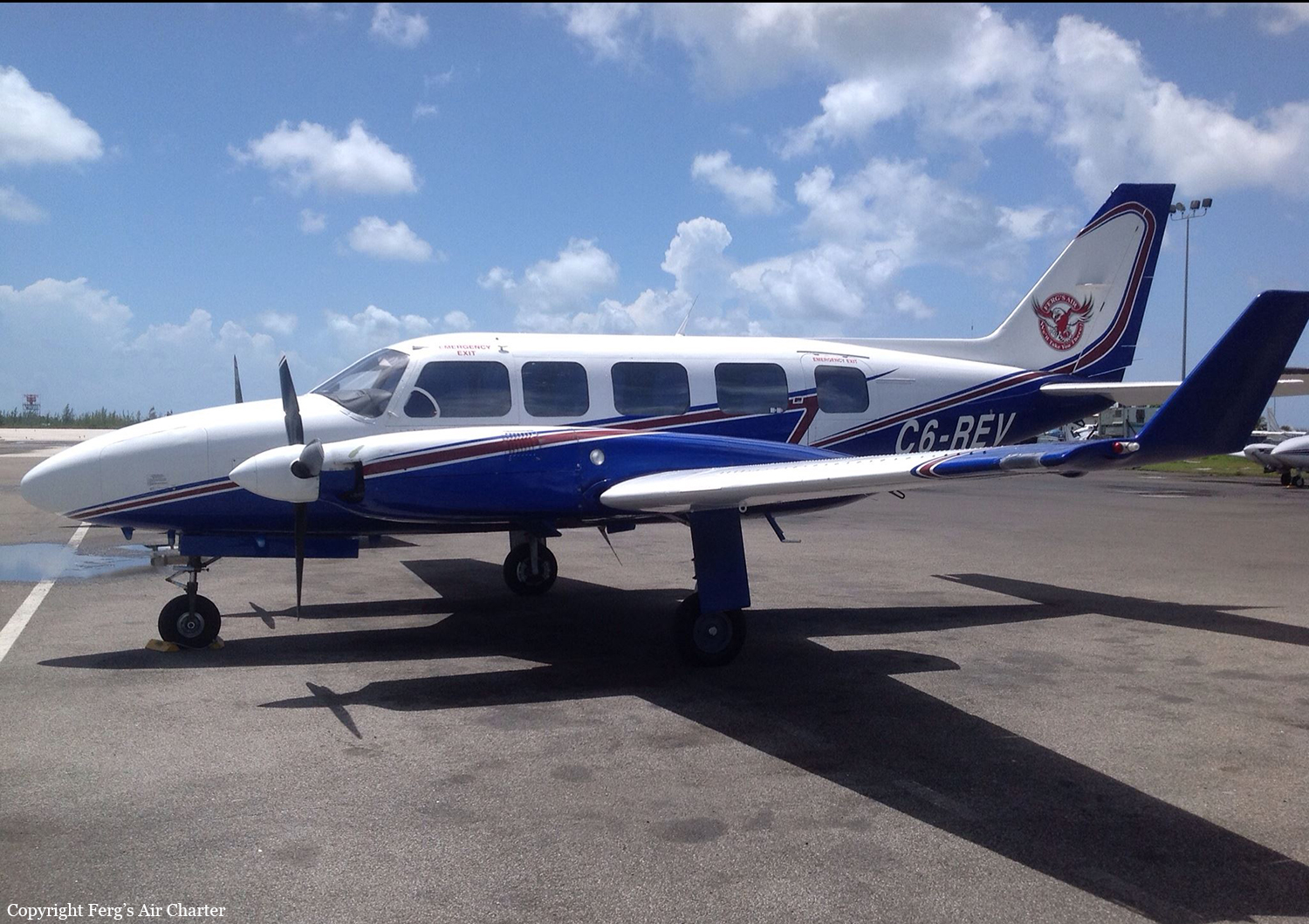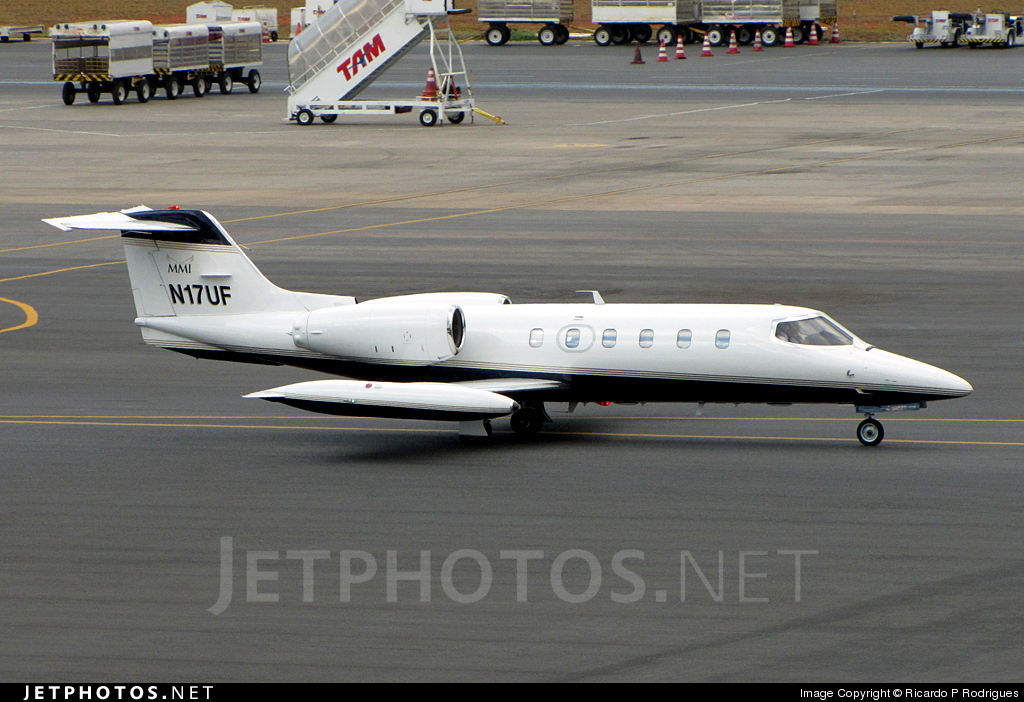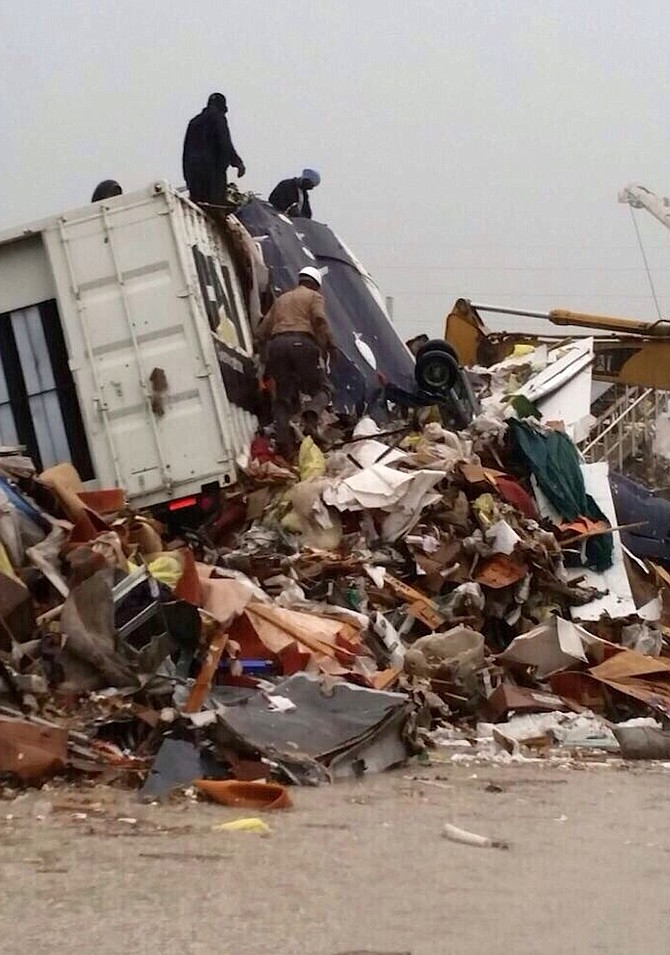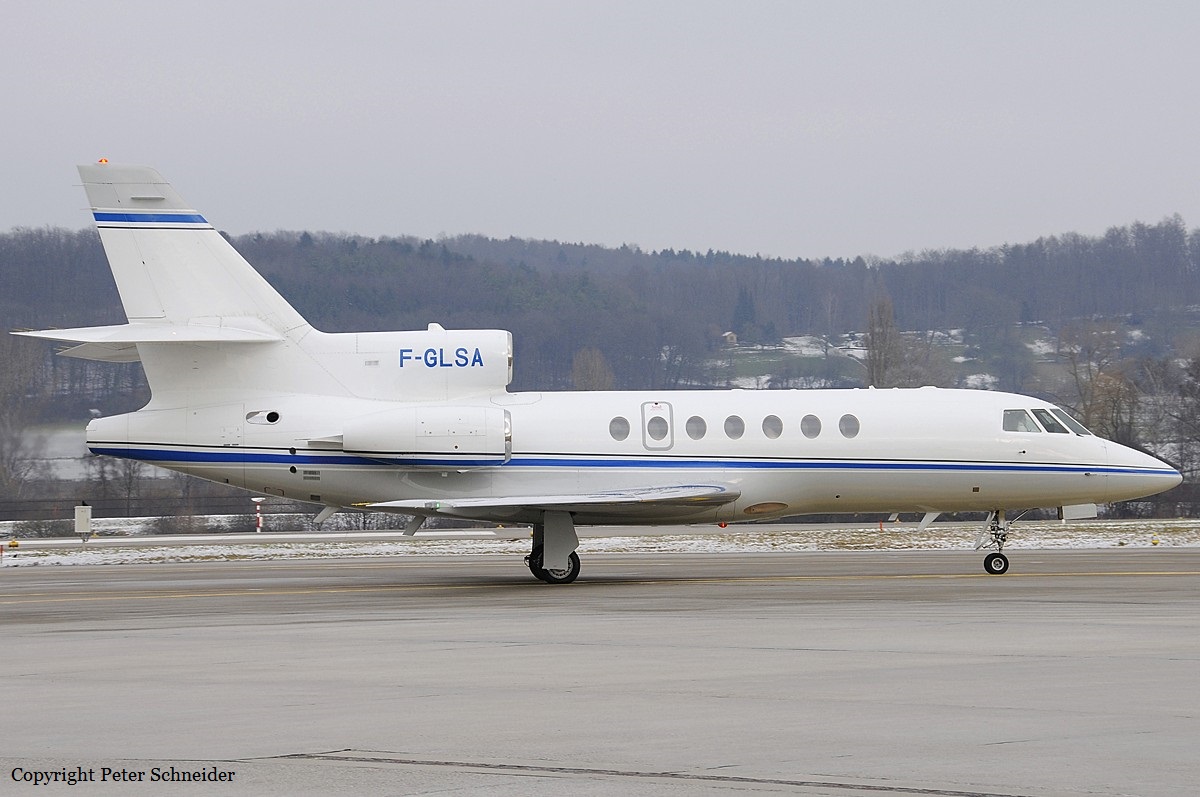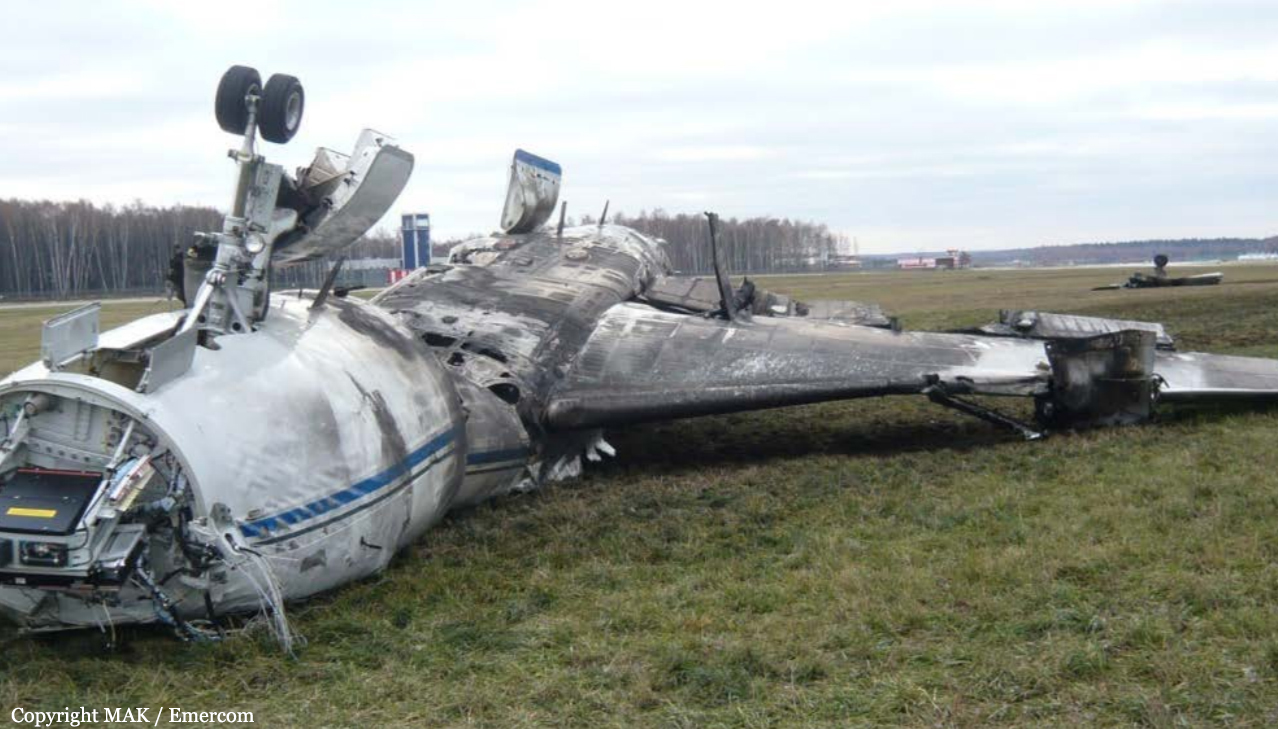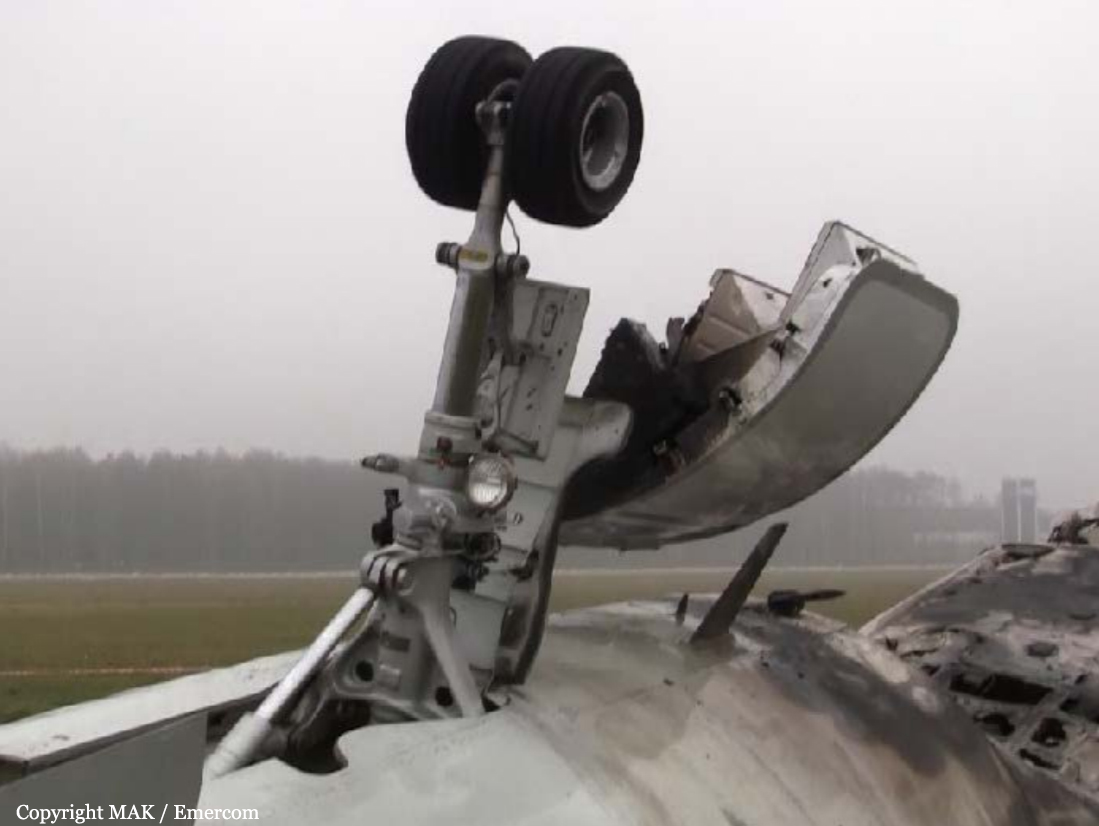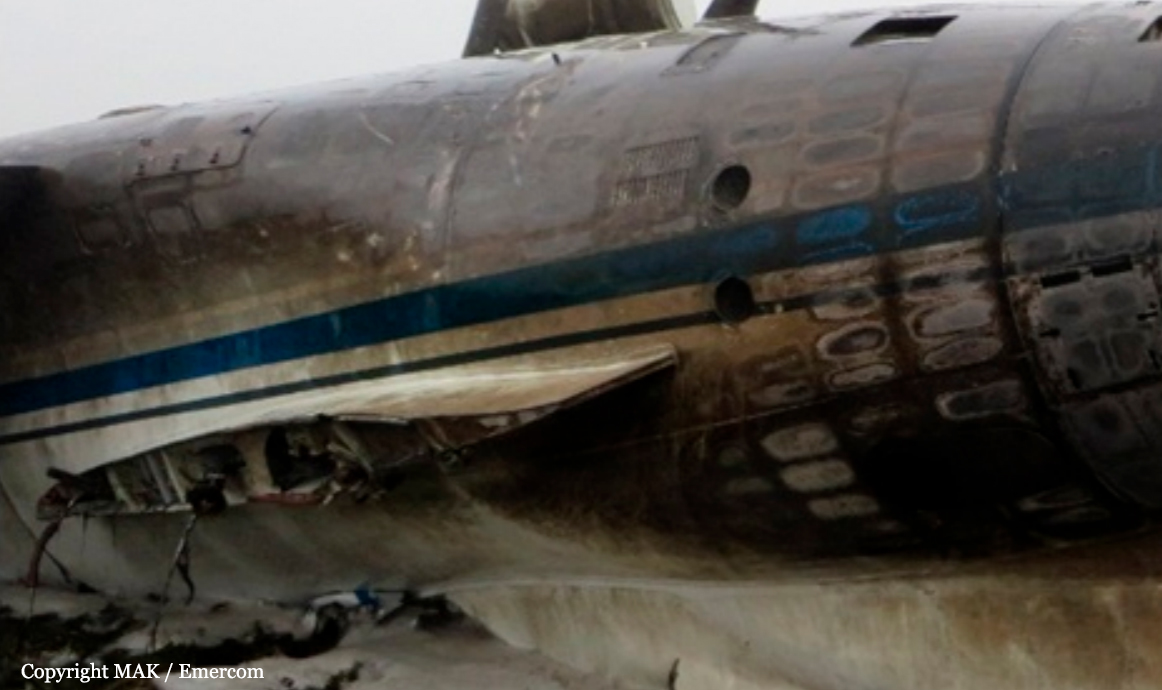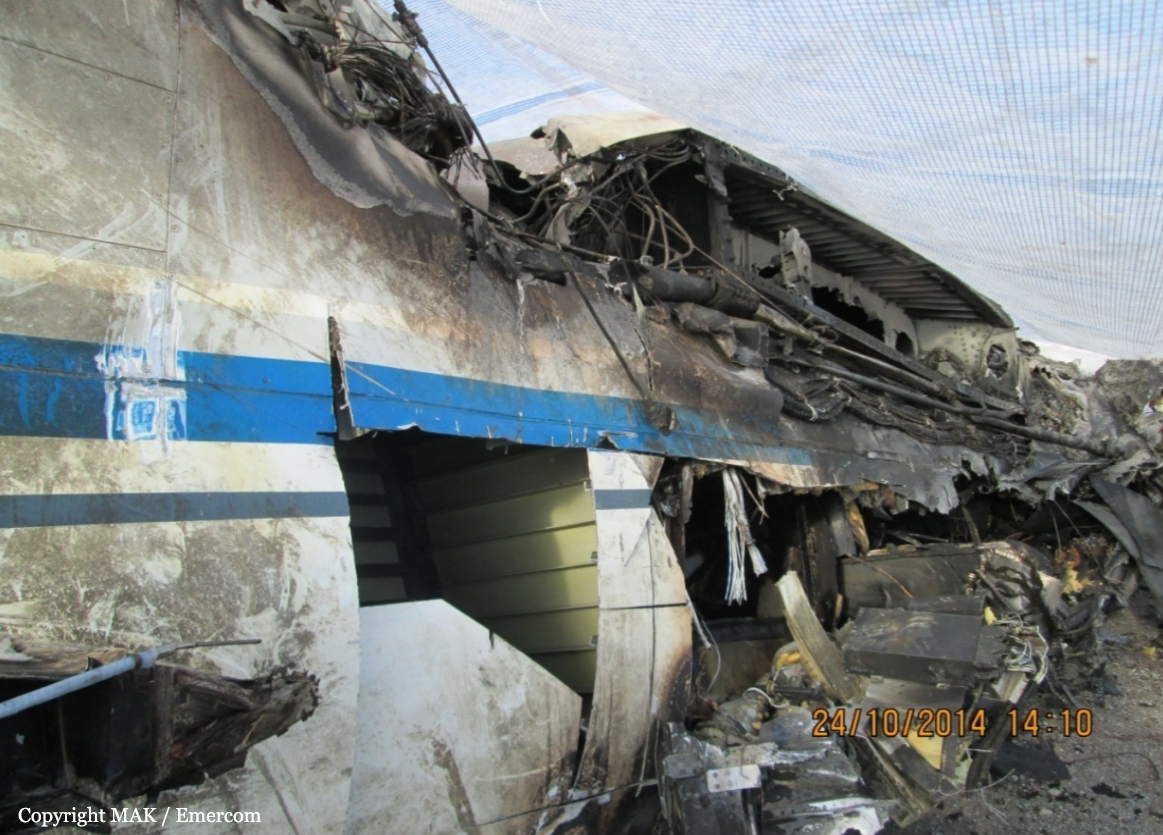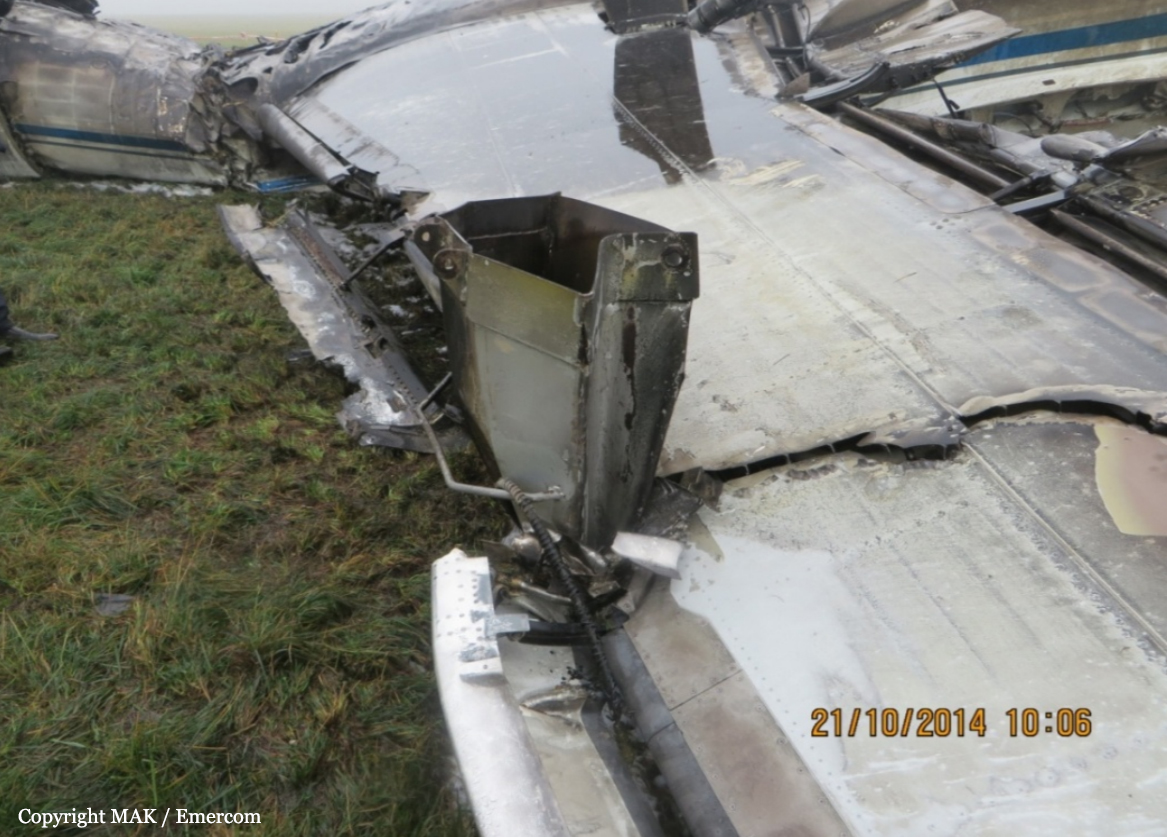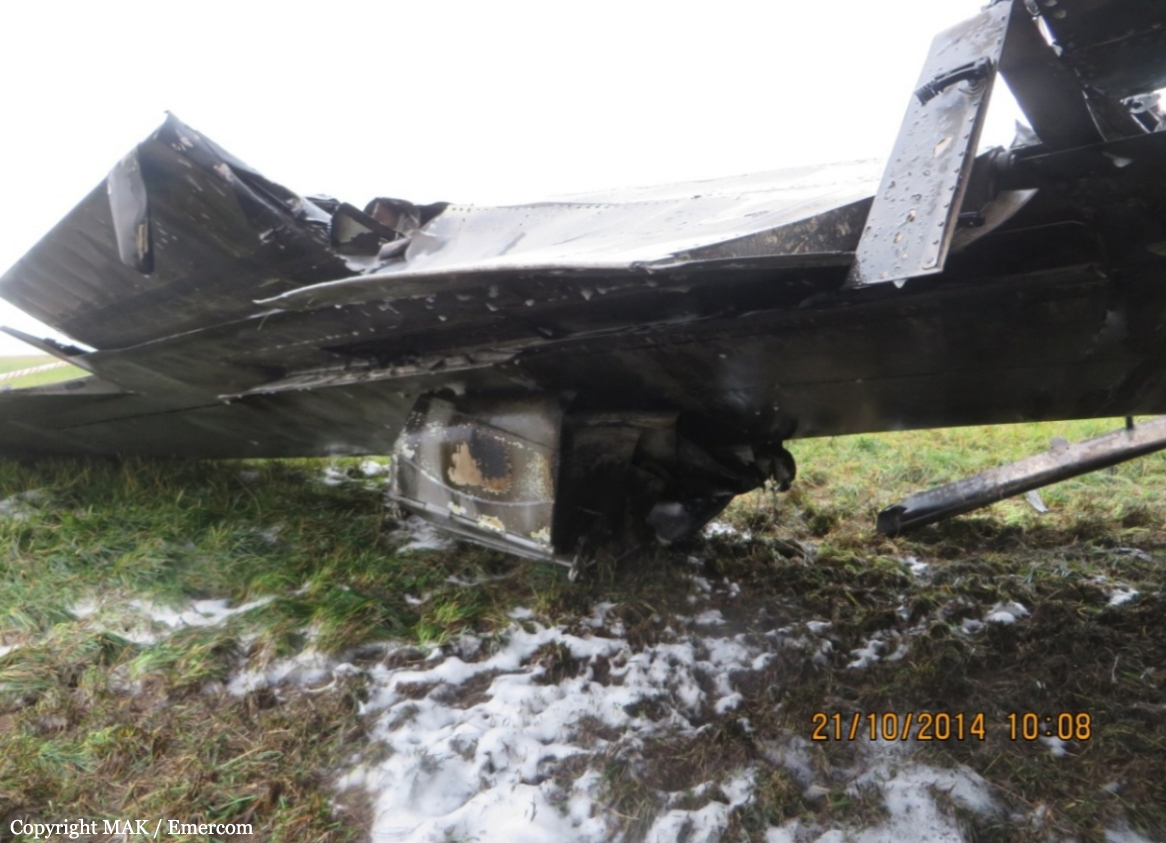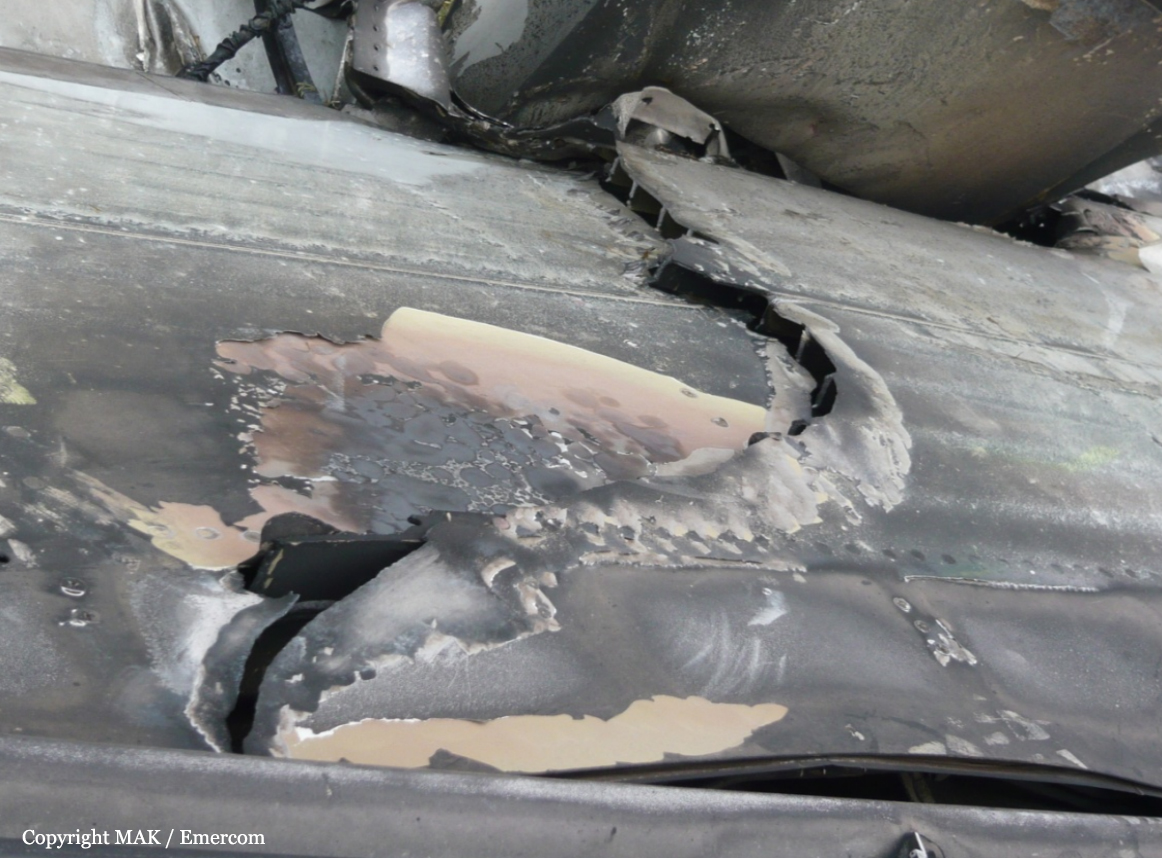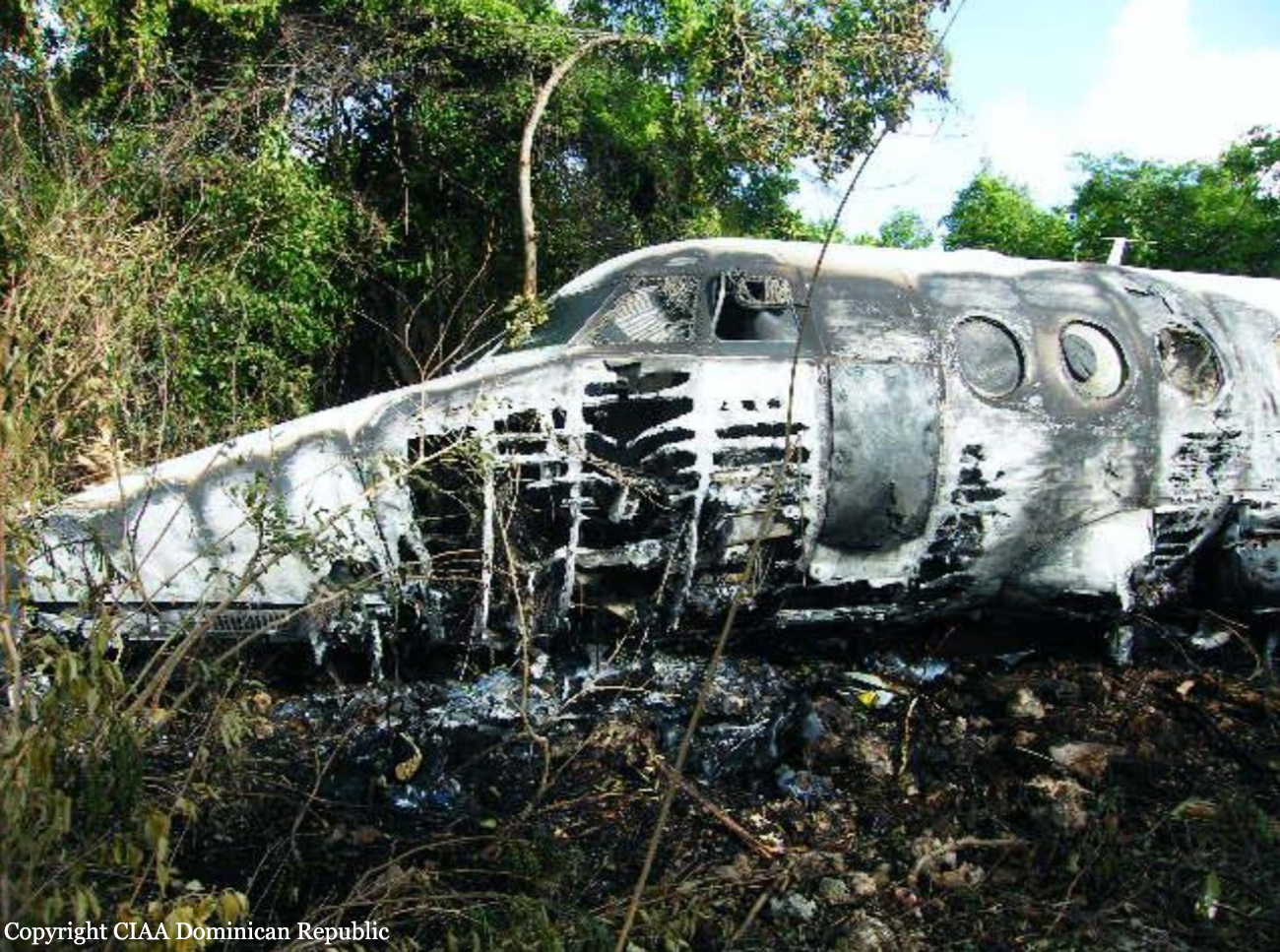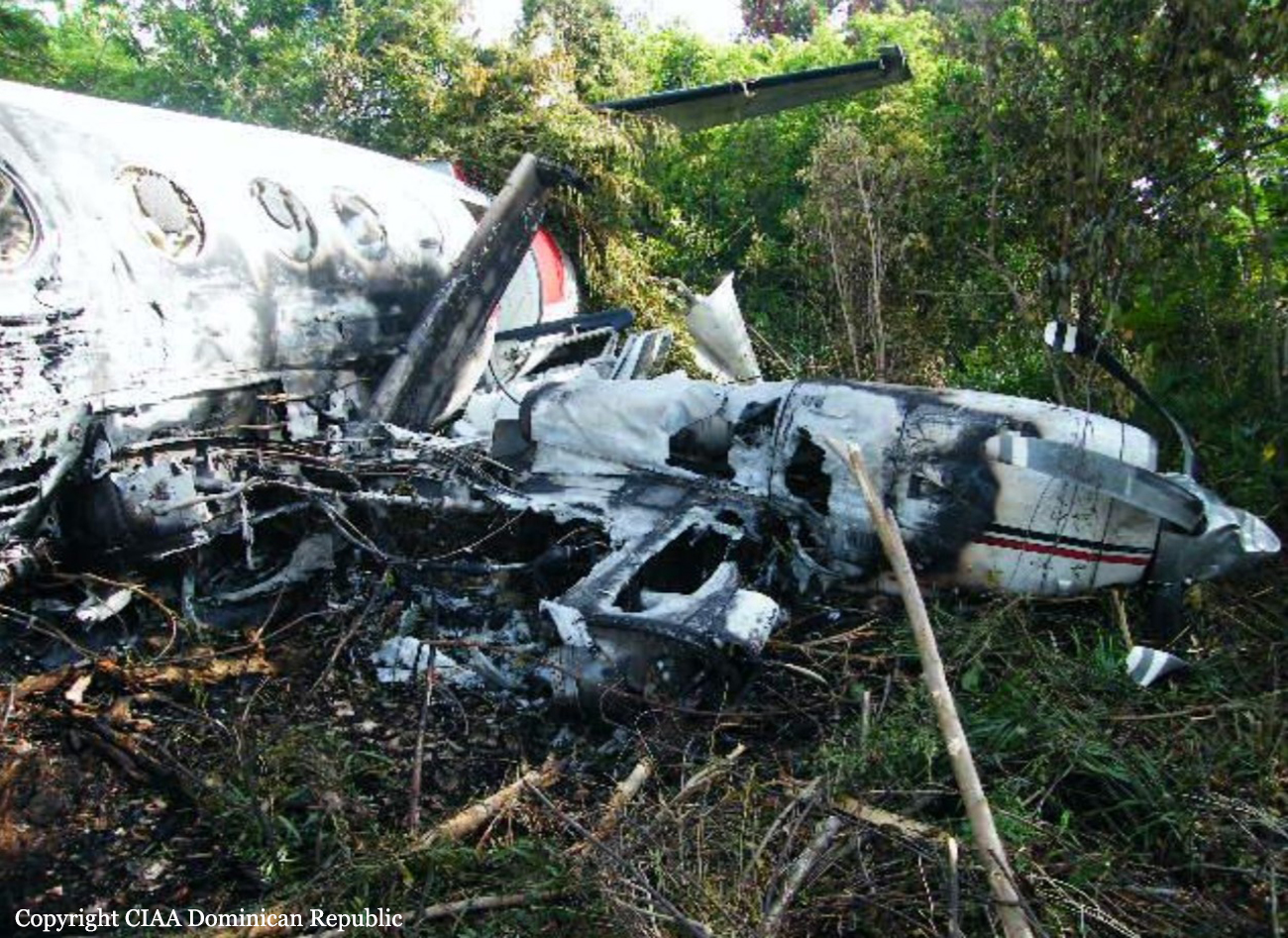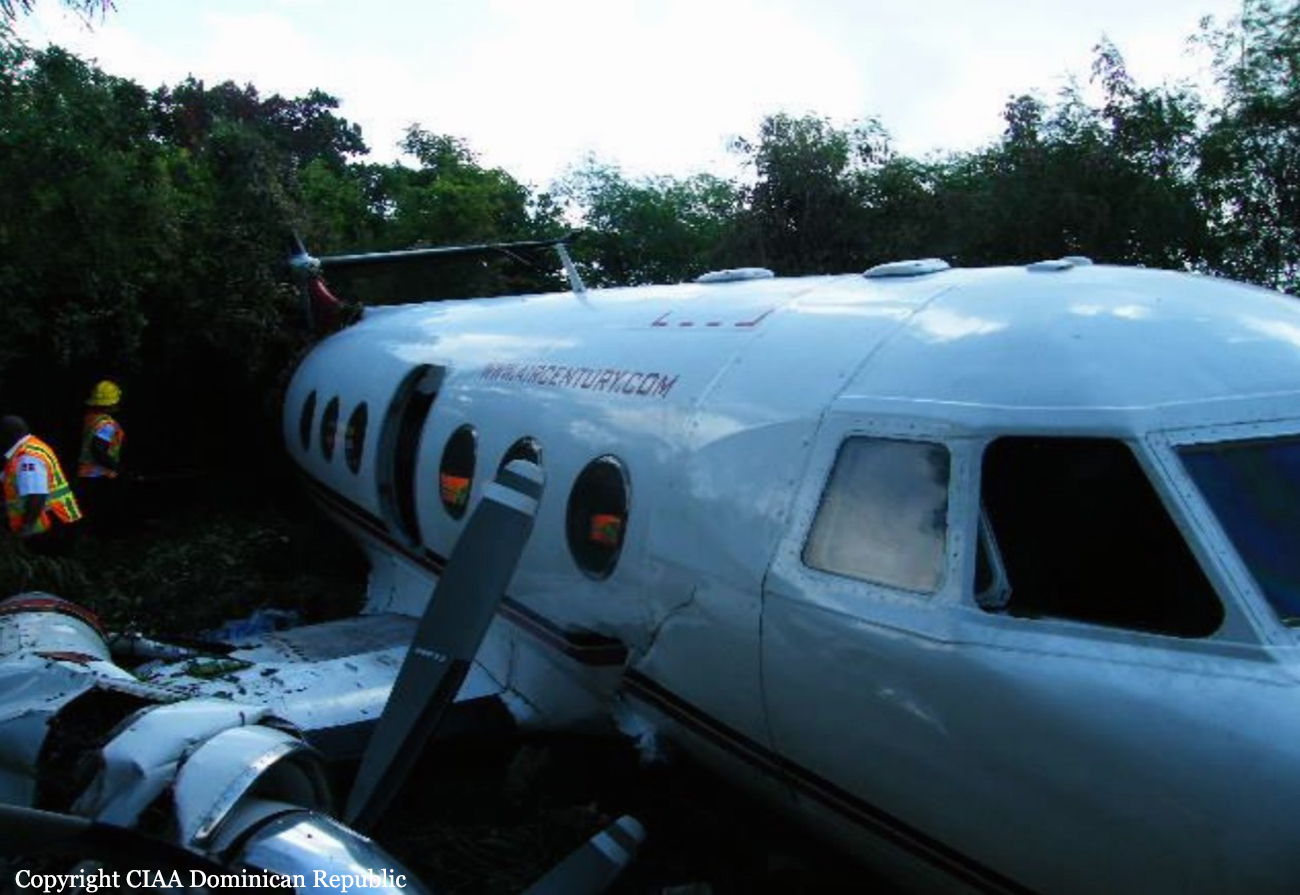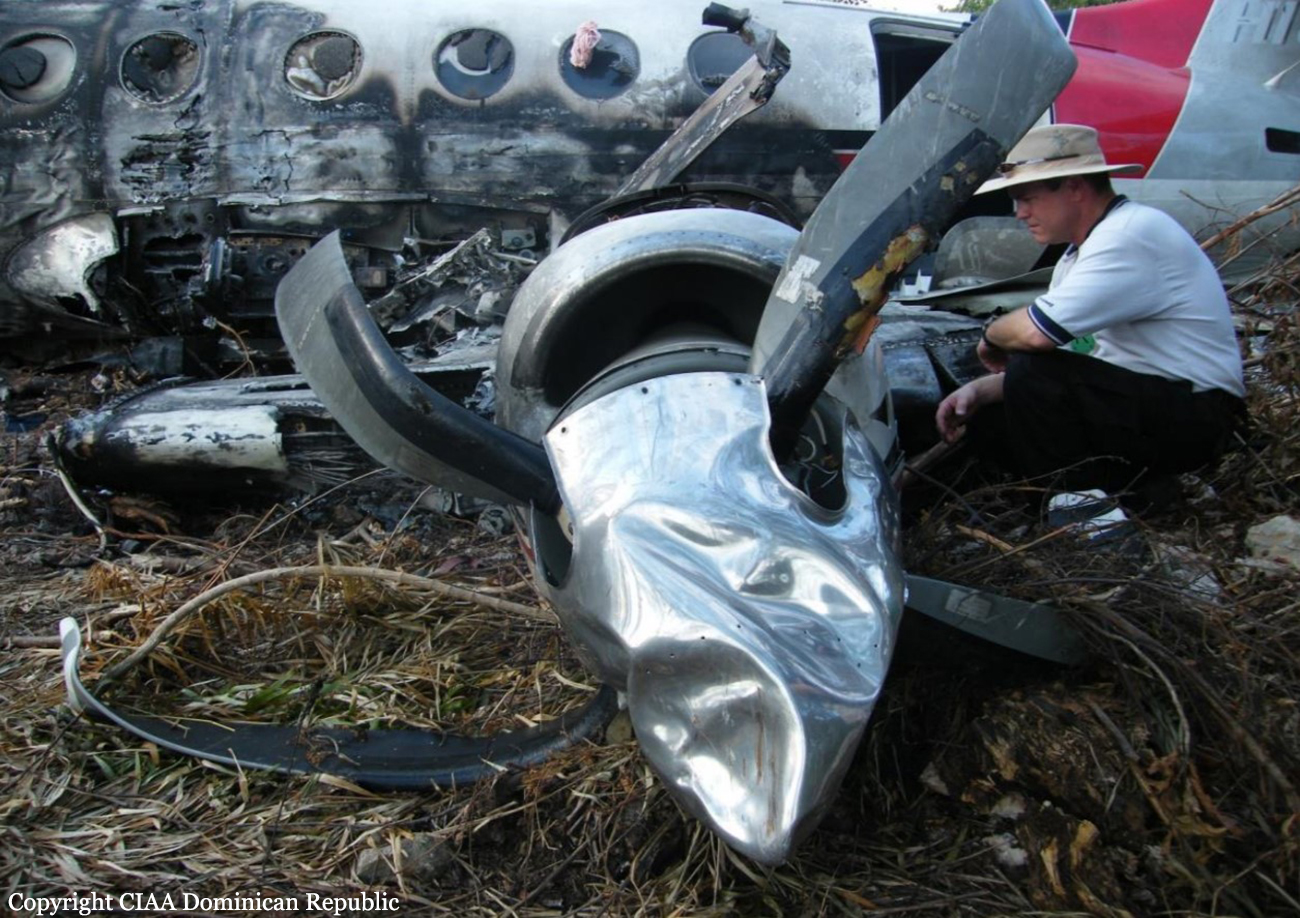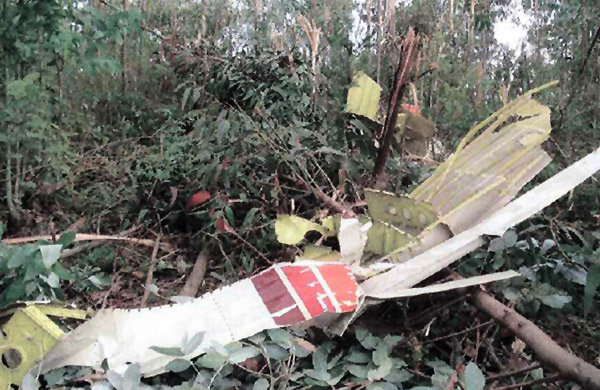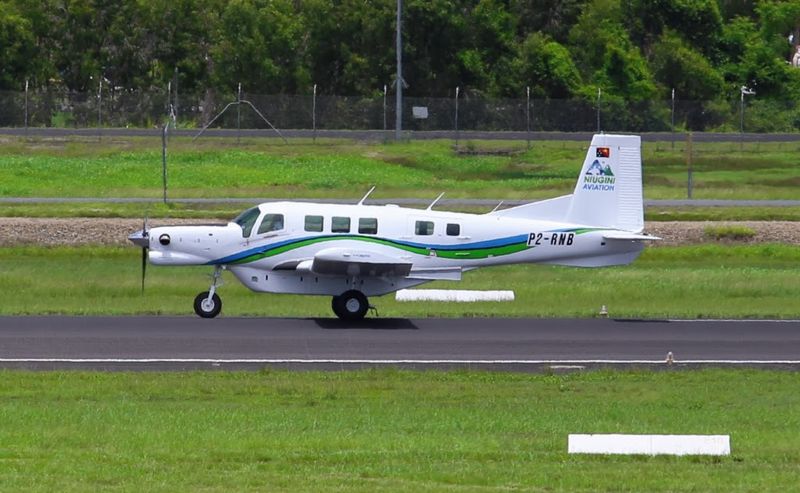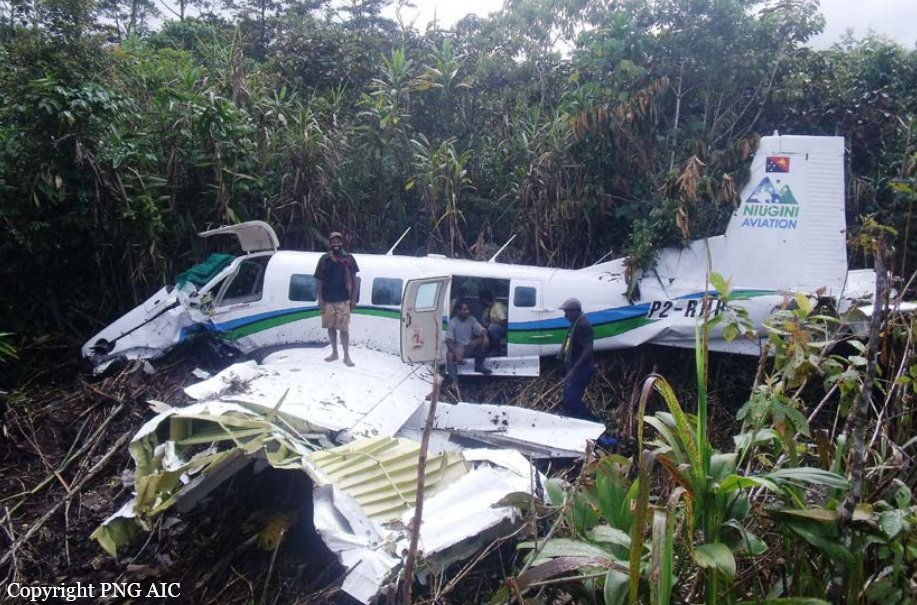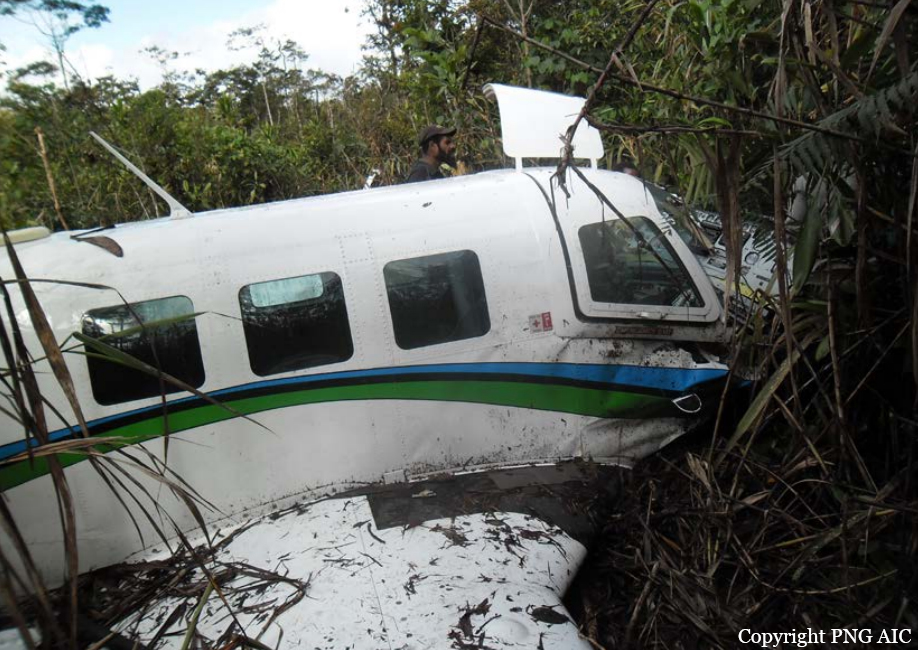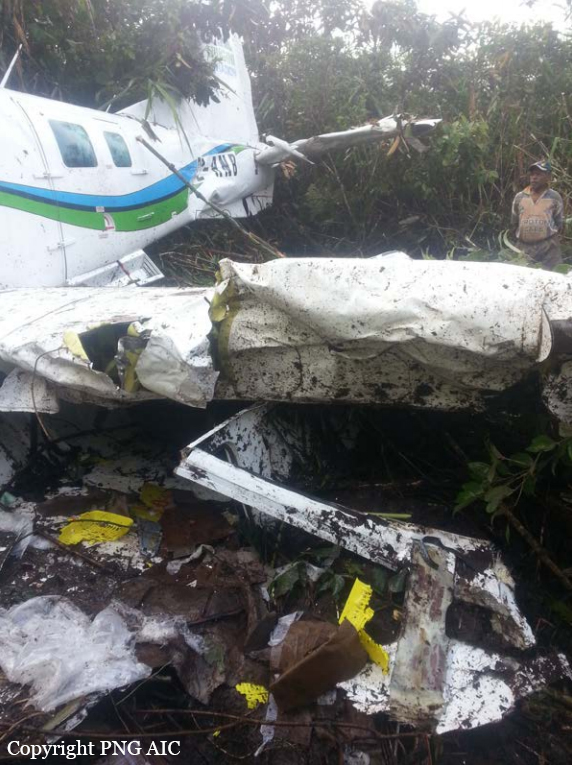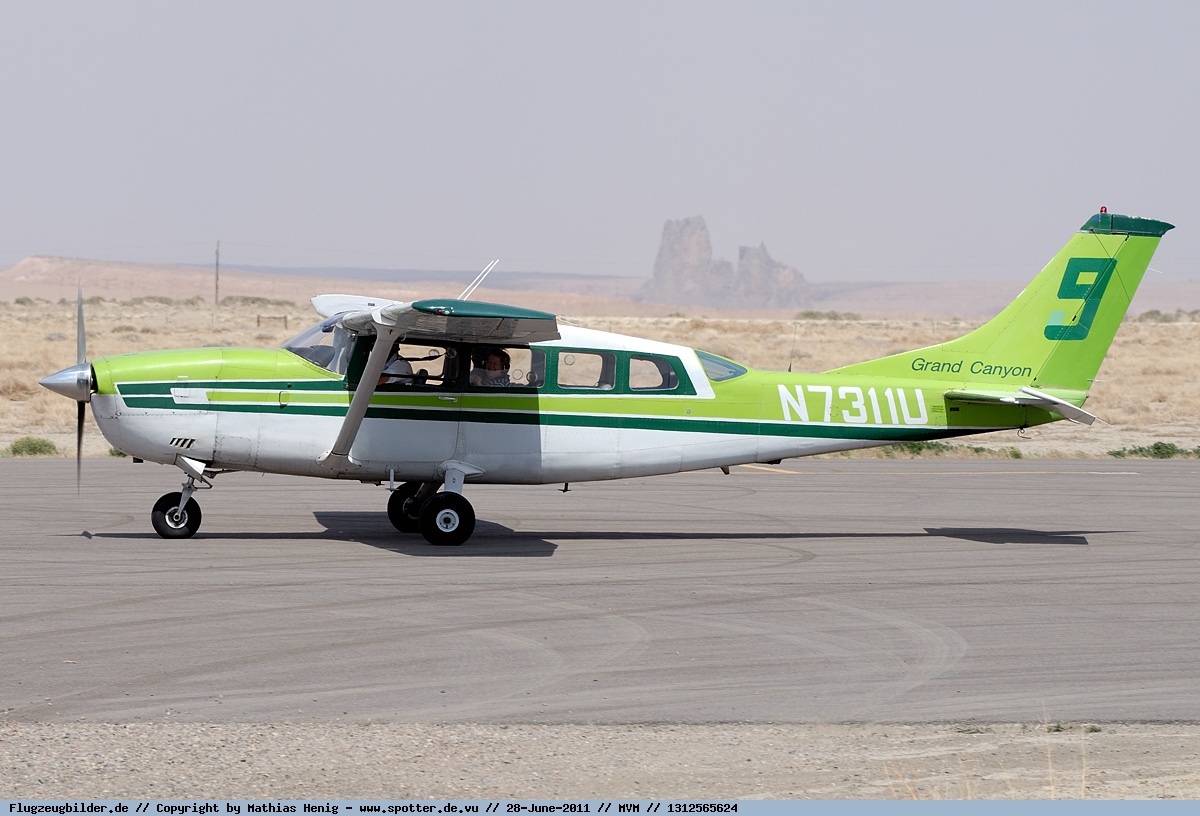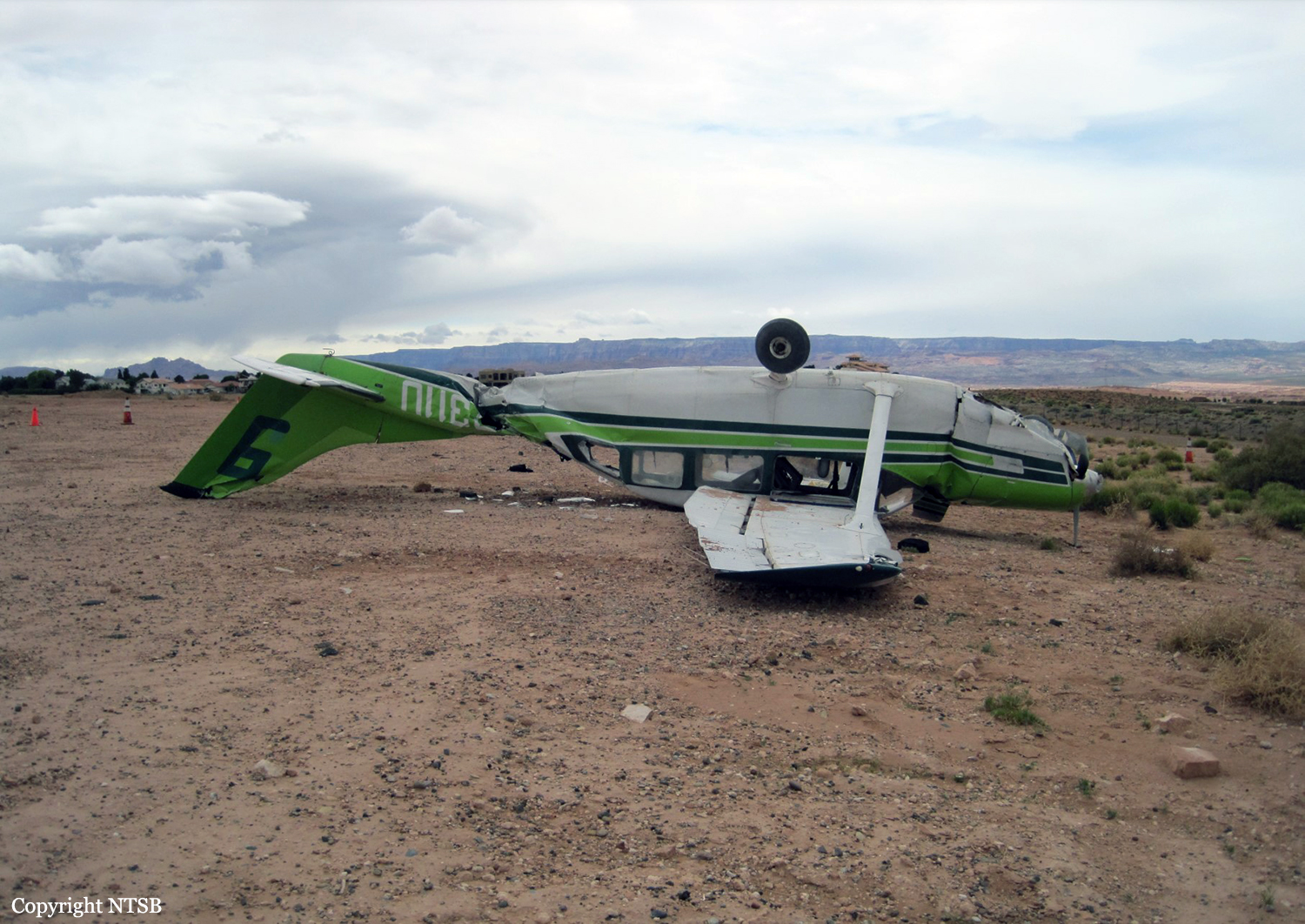Date & Time:
Oct 20, 2014 at 2357 LT
Operator:

Crew fatalities:
Pax fatalities:
Other fatalities:
Captain / Total flying hours:
6624
Captain / Total hours on type:
1266.00
Copilot / Total flying hours:
1478
Copilot / Total hours on type:
246
Aircraft flight hours:
2197
Aircraft flight cycles:
1186
Circumstances:
During the takeoff run on runway 06 at Moscow-Vnukovo Airport, the three engine aircraft hit a snowplow with its left wing. The aircraft went out of control, rolled over and came to rest upside down in flames. All four occupants were killed, three crew members and Mr. Christophe de Margerie, CEO of the French Oil Group Total, who was returning to France following a meeting with the Russian Prime Minister Dmitry Medvedev. At the time of the accident, the RVR on runway 06 was estimated at 350 meters due to foggy conditions. The pilot of the snow-clearing vehicle was slightly injured.
Probable cause:
The accident occurred at nighttime under foggy conditions while it was taking off after cleared by the controller due to collision with the snowplow that executed runway incursion and stopped on the runway. Most probably, the accident was caused by the combination of the following contributing factors:
- lack of guidance on loss of control over an airdrome vehicle and/or situational awareness on the airfield in pertinent documents defining the duties of airdrome service personnel (airdrome shift supervisor and vehicle drivers);
- insufficient efficiency of risk mitigation measures to prevent runway incursions in terms of airdrome peculiarilies that is two intersecling runways;
- lack of proper supervision from the airdrome service shift supervisor, alcohol detected in his organism, over the airfield operations: no report to the ATM or request to the snowplow driver as he lost visual contact with the snowplow;
- violation by the airdrome service shift supervisor of the procedure for airdrome vehicles operations, their entering the runway (RWY 2) out of operation (closed for takeoff and landing operations) without requesting and receiving clearance from the ground controller;
- violations by the medical personnel of Vnukovo AP of vehicle driver medical check requirements by performing formally (only exterior assessment) the mandatory medical check of drivers after the duty, which significantly increased the risk of drivers consuning alcohol during the duty. The measures and controls applied at Vnukovo Airport to mitigate the risk of airdrome drivers doing their duties under the influence of alcohol were not effective enough;
- no possibility for the snowplow drivers engaged in airfield operations (due to lack of pertinent equipment on the airdrome vehicles) to continuously listen to the radio exchange at the Departure Control frequency, which does not comply with the Interaction Procedure of the Airdrome Service with Vnukovo ATC Center.
- loss of situational awareness by the snowplow driver, alcohol detected in his organism, while perfonning airfield operations that led to runway incursion and stop on the runway in use.
His failure to contact the airdrome service shift supervisor or ATC controllers after situational awareness was lost;
- ineffective procedures that resulted in insufficiently trained personnel using the airfield surveillance and control subsystem A3000 of A-SMGCS at the Vnukovo ATC Center, for air traffic management;
- no recommendation in the SOP of ATM personnel of Vnukovo ATC Center on how to set up the airfield surveillance and control subsystem A3000, including activation and deactivation of the Reserved Lines and alerts (as a result, all alerts were de-activated at the departure controller and ground controller's working positions) as well as how to operate the system including attention allocation techniques during aircraft takeoff and actions to deal with the subsystem messages and alerts;
- the porting of the screen second input of the A3000 A-SMGCS at the ATC shift supervisor WP for the display of the weather information that is not envisaged by the operational manual of the airfield surveillance and control subsystem. When weather information is selected to be displayed the radar data and the light alerts (which were present during the accident takeoff) become un available for the specialist that occupies the ATC shift supervisor's working position;
- the ATC shift supervisor's decision to join the sectors at working positions of Ground and Departure Control without considering the actual level of personnel training and possibilities for them to use the information of the airfield surveillance and control system (the criteria for joining of sectors are not defined in the Job Description of ATC shift supervisor, in particular it does not take into account the technical impossibility to change settings of the airfield surveillance and control system);
- failure by the ground controller to comply with the SOPs, by not taking actions to prevent the incursion of RWY 2 that was closed for takeoff and landing operations by the vehicles though having radar information and alert on the screen of the airfield surveillance and control system;
- failure by the out of staff instructor controller and trainee controller (providing ATM under the supervision of the instructor controller) to detect two runway incursions by the snowplow on the runway in use, including after the aircrew had been cleared to take off (as the clearance was given, the runway was clear), provided there was pertinent radar information on the screen of the airfield surveillance and control subsystem and as a result failure to inform the crew about the obstacle on the runway;
- lack of recommendations at the time of the accident in the Operator's (Unijet) FOM for flight crews on actions when external threats appear (e.g. foreign objects on the runway) during the takeoff;
- the crew failing to take measures to reject takeoff as soon as the Captain mentioned «the car crossing the road». No decision to abort takeoff might have been caused by probable nonoptimal psycho-emotional status of the crew (the long wait for the departure at an unfamiliar airport and their desire to fly home as soon as possible), which might have made it difficult for them to assess the actual threat level as they noticed the snowplow after they had started the takeoff run;
- the design peculiarity of the Falcon 50EX aircraft (the nose wheel steering can only be controlled from the LH seat) resulting in necessity to transfer aircraft control at a high workload phase of the takeoff roll when the FO (seated right) performs the takeoff.
Final Report:
